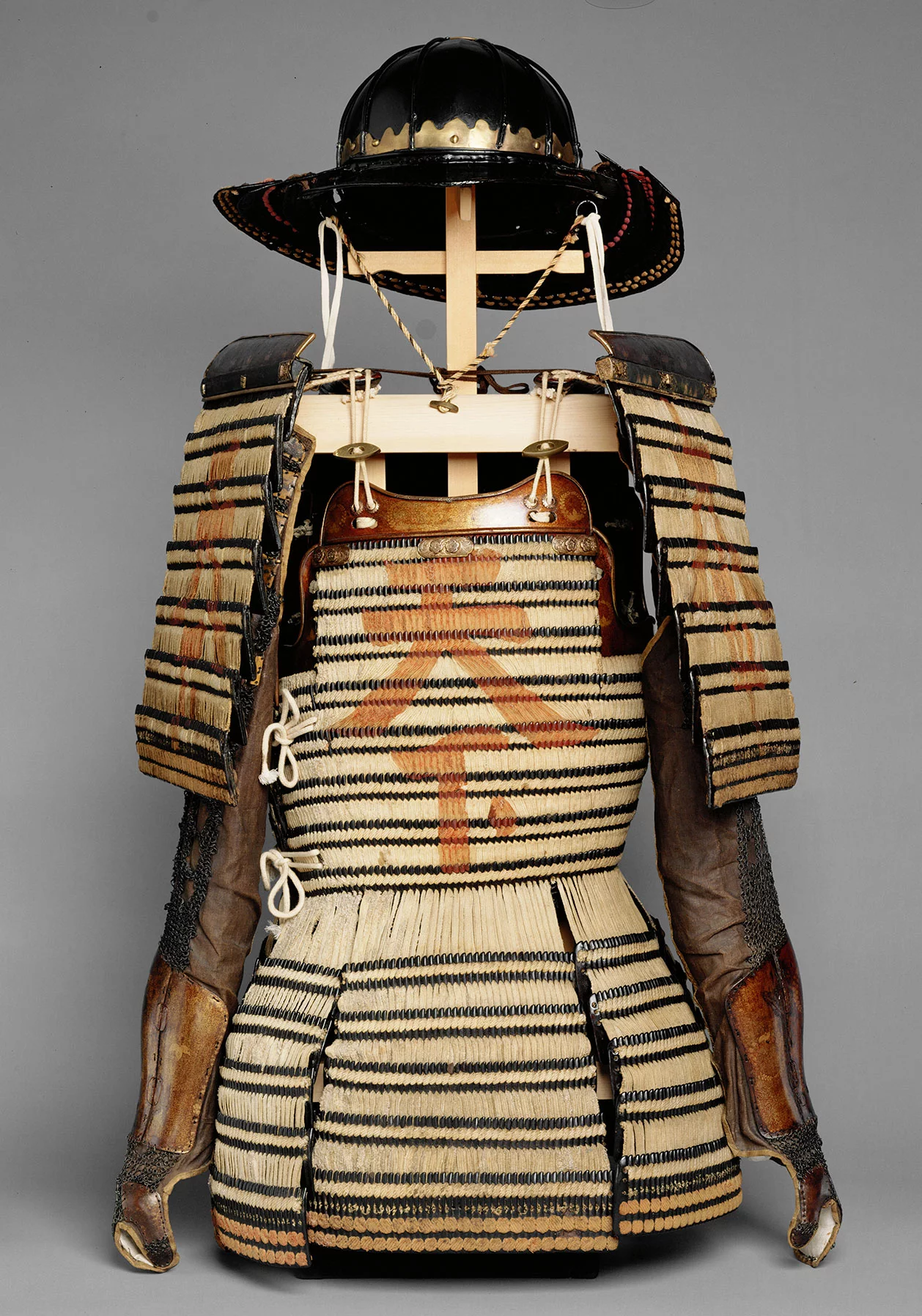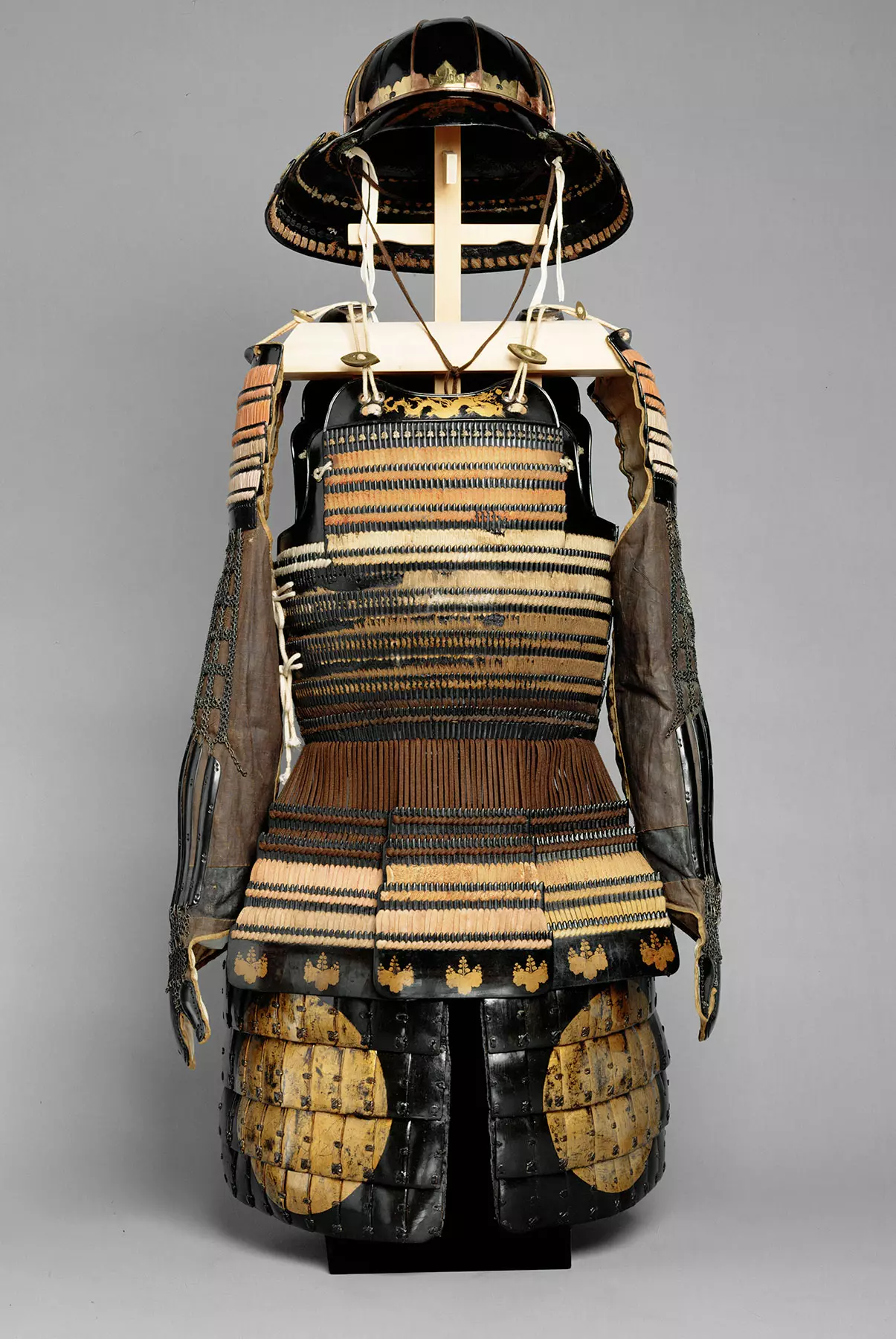From an armoury of hunting to an exhibition gallery
In Archduke Ferdinand II’s plans, the so-called ‘kleine Rüstkammer’ (Small Armoury) formed a whole with the Library and the Hall of Antiquities, from each of which two arched passageways led to the Small Armoury. The entire ensemble was solely designed for the personal entertainment and pastime of the classically educated prince. All fields were covered: from training the mind by studying antiquity and literature to exercising at the Small Armoury, also called the Armoury of Hunting. The Small Armoury was originally filled with weapons for hunting and war: crossbows, hunting daggers, hunting knives, swords, daggers, pistols, and rifles. There were also edged and pole arms, which still decorate the walls of the Small Armoury.




